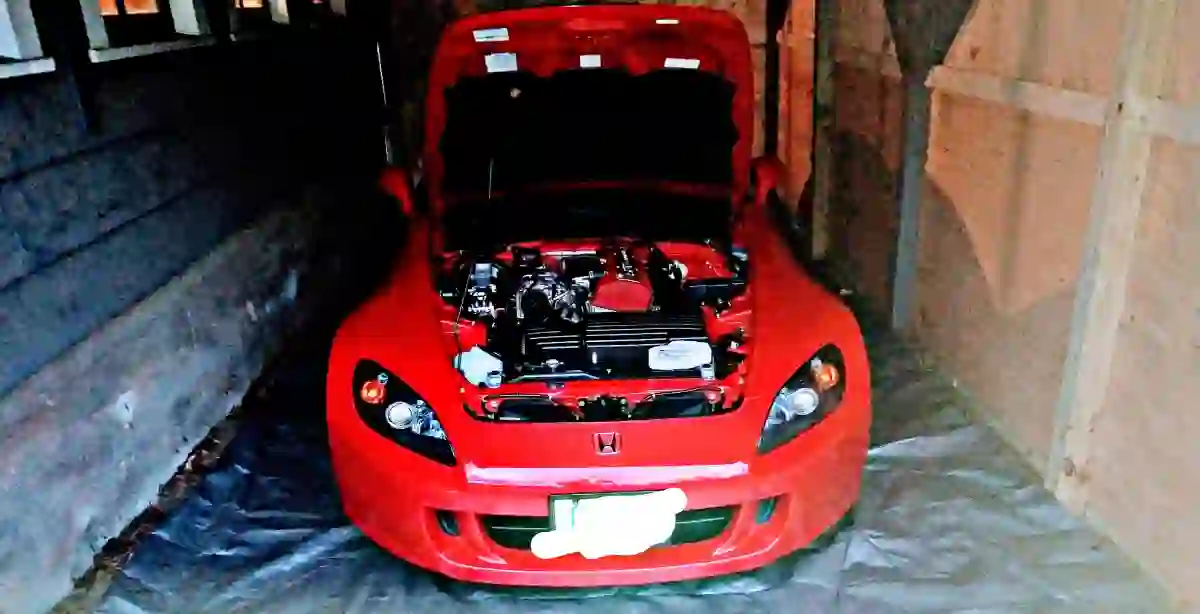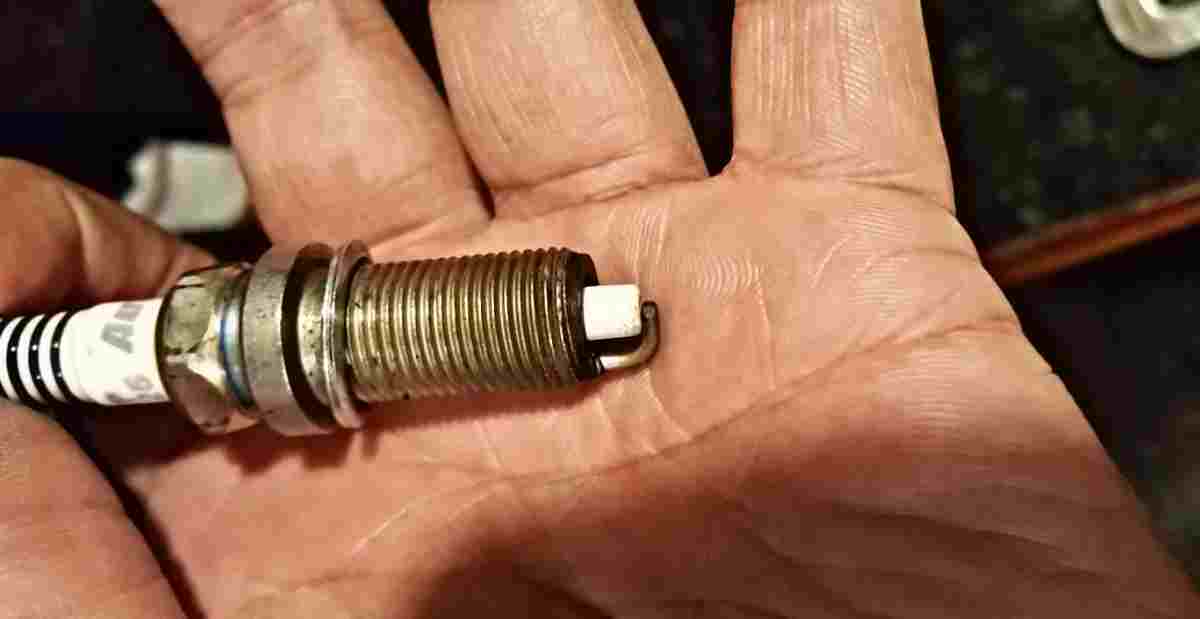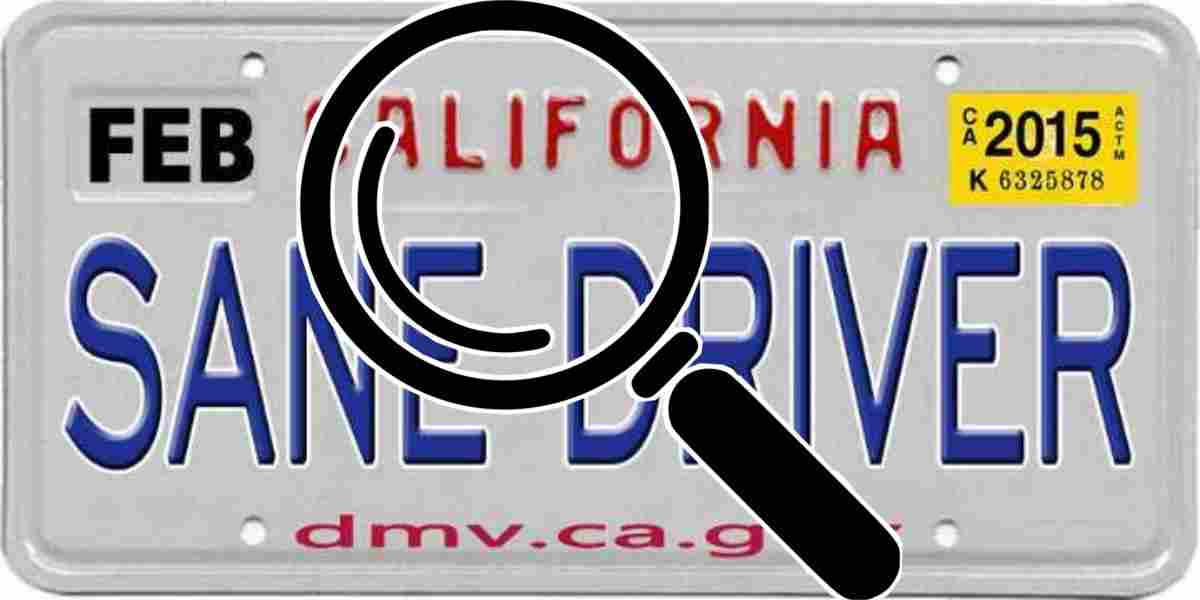You haven’t driven your car for an extended period, probably because you temporarily relocated to a different location for work or went on a vacation. Whatever the case, it helps to know how to start a car after a long to restore it to its top performance. Some of the car parts may already be rusty, the battery lost its charge, and perhaps the engine fluids may have degraded. Usually, the car will not start properly or the ignition may not work at all—but there’s a fix.
How to start a car after a long while

This article discusses the steps you need to follow to restore your vehicle as well as the possible failures your car may experience. Do the following when starting a car you left for a long while:
1. Inspect the battery
If you removed the battery before parking the car for the long term, get it ready before reinstalling the battery.
The battery should then be prepared for service. This means cleaning the terminals and battery posts with a baking soda and water solution. Charge the battery, reinstall it, and try again.
If the battery was left in place after being parked in the garage for extended periods of time, chances are it will no longer work properly and you may need to purchase a new one due to problems like a parasitic drain.
A chemical reaction is used to generate electricity in car batteries. Chemicals used degrade over time. They may also corrode different metals, including the copper in your wires. As a result, you may need to use new cables when installing the new battery.
2. Replace the fluids
Regarding how to start a car after a long while, the fluids need to be replaced depending on how long the car has been parked. For example, if the car has not been used for several years, you should drain, flush, and replace all fluid systems.
On a Chevrolet, for example, the brake fluid should be changed every 45,000 miles while Honda and most Volkswagens suggest every 3 years, regardless of the vehicle’s mileage. Mercedes-Benz vehicles typically suggest changing the brake fluid every 2 years or 20,000 miles. That’s to say that there are no specific recommendations for replacing the brake fluid.
However, if the car hasn’t been used in a few months, make sure to change the oil and oil filter as well. You should also drain the tank’s fuel, and replace the radiator coolant.
Examine the other fluids. Replace them if they appear discolored; otherwise, top them off to the recommended levels.
3. Have a look at all exterior lights
Before you start a car after a long while, make sure your headlights, fog lights, high-beam lights, brake lights, reverse lights, and indicators are all functioning well enough.
The simplest way to accomplish this is to enlist the assistance of a friend or family member so that one person can activate the various lights while the other checks to see if they are working properly. For example, one headlight may be brighter than the other.
4. Check for signs of leaks
Before you check the engine oil and coolant levels, inspect the ground under the car for any signs of leaking. As a general rule, the color of the leak can help you narrow down the problem, but it’s always best to have a professional inspect and diagnose the leak before starting a car after a long time.
- Engine oil leak is usually black or light brown.
- Transmission leak is usually indicated by the color red or brown.
- Power steering fluid leak is usually clear, red, or brown.
- Brake system leak is usually indicated by transparent yellow or brown.
- Gas leak
- Coolant leak from the engine block, etc.
Driving your car while it is leaking fluid can result in serious (and costly) damage. You should avoid driving if there are any signs of a leak.
5. Have a look at the brake fluid
To check the brake fluid level in your car, simply find the brake master cylinder reservoir. It is usually mounted at the back of the engine, parallel to the brake pedal. Your owner’s manual should be able to point you in the right direction.
You’re simply comparing the fluid level to the markings on the translucent brake fluid reservoir. Remove the reservoir cap and observe whether the fluid appears clean or dirty. If your brake fluid is low, it could indicate a problem with your brakes that needs to be addressed right away. Water contamination can cause dirty brake fluid, requiring the car’s brake system to be flushed.
6. Check the gas
It only takes one month for the gas in your tank to begin to degrade. It takes 3 to 6 months for gas degradation and up to a year for diesel degradation.
Gas loses combustibility and effectiveness as the lighter components evaporate and oxidize. As it degrades, it produces a gummy residue that enters the fuel system, increasing the likelihood of a blockage. The use of stale fuel can cause an engine to misfire and stall.
It’s not recommended to sniff gasoline, but the gas that has begun to degrade will have a distinct sour smell similar to the smell of the varnish. Another option is to siphon a small amount of fuel from your tank and examine the color. Old gas will be darker than new gas, and you may be able to see the gumminess that has formed.
If your car has been sitting for 3 months or more, it is recommended that you drain the tank and refuel it. It is recommended to top up the fuel tank with fresh gas after a car has been sitting for a month or two to dilute the old gas before it passes through your car’s fuel system.
Finally, if you don’t start a car after a long while and it’s likely to sit idle for 30 days or more, you should add a fuel stabilizer to the gas. This will prevent degradation for up to 12 months and is the simplest way to keep your car’s fuel system in good working order.
7. Check the tires
Before you start a car after a long while, perform a visual inspection of the tires to ensure they are in good condition. Check and adjust the air pressure to the manufacturer’s recommended psi. This information is usually found on a sticker on the driver’s door jamb. The recommended psi for your tires can also be found in your owner’s manual.
Your tires may appear normal upon inspection, but when you get behind the wheel for the first time in months, instead of the familiar smooth ride, you may feel a vibration through the steering wheel and hear an unfamiliar noise. This is caused by a flat spot in the tire, which is common in cars that sit idle for long periods of time.
This happens when a stationary tire is forced to bear the weight of a vehicle for an extended period of time. The bottom of the tire spreads out on the ground as the vehicle’s weight presses down. As time passes, the rubber stiffens, resulting in flat spots on the tire.
In general, as you drive the car, the flat spots will disappear as the tires warm up and regain flexibility. This typically takes about 15 minutes. If a car is not moved for several months in extreme winter temperatures, these flat spots can become permanent.
8. Check for rodents and insects
When the weather cools, rats and mice seek warmer shelter, which can be disastrous for car owners because their engine bay becomes this season’s hottest rodent hotel. Mice that have made a car their new home can cause serious damage to engine hoses, plastic panels, and wiring.
Symptoms of a mouse infestation in your vehicle include:
- Droppings and an unpleasant smell
- Unusual noises when turning on a fan or heater, indicating the presence of a nest
- Food scraps in unusual locations
- The check engine light on your dashboard indicates that you have wiring damage.
- Bite marks on wires and hoses
Getting mice out of your car can take some time. Not only will you have to locate and remove their nest, but you will also have to clean and disinfect the area around the nest, as well as repair any damage they may have caused.
There are many ways to keep mice out, such as spraying peppermint oil or putting out mothballs. But forget about ultrasonic sound repellants; they’ll do nothing but drain your bank account.hMake sure to take steps to keep cockroaches out as well.
9. Allow your car to warm up
Are you finally ready to start a car after a long while? Don’t get too worked up. Allow your car to warm up before leaving the garage. Check for fluid leaks while the engine is warming up. Turn off the engine for a few moments and check to see if any of the belts need tightening.
As mentioned earlier, thoroughly inspect the brakes and grease the suspension. Examine for deteriorated bushings, loose or worn ball joints, shock leaks, rusted shafts, or broken bump stops. Check your headlights, taillights, brake lights, and running lights to ensure they are all functioning properly.
10. Take a quick drive
When everything is in order, it’s time to hit the road. Take note, however; It is not advisable to take a long drive right now. For the time being, a 10- to 20-minute drive around town will suffice. Consider this trip a test drive to look for other potential issues you may have overlooked. Keep an ear out for strange noises and monitor the car’s battery charging, engine temperature, and oil pressure. You can now take longer trips in your car after ensuring that all issues have been resolved.
Some problems with parking for a long time
A few months of inactivity should not affect modern cars; the negative effects of prolonged parking would take about a year.
However, this does not apply to cars that are several years old, as a few months of inactivity can have serious consequences, as some parts of the car can be damaged when not used. These are the three most common breakdowns:
1. Sulfuric acid battery
The battery is one of the elements most affected by a car’s inactivity. It may be discharged in addition to having sulfated terminals. It occurs when the battery is not recharged regularly, when it becomes too hot, or when the components are not properly tightened. What should we do if this happens in our vehicle? If the effect is on the entire battery, replace it.
If only the terminals are harmed, we can clean them as follows:
- Take out the battery.
- Dilute a bicarbonate envelope in half a glass of water and apply it to the terminals with a brush.
- After cleaning, rinse thoroughly with clean water.
- Throughout the process, you should put on gloves and protective glasses at all times.
2. Deformation of tires
Aside from the loss of pressure, the tires could have been deformed if we had not taken the precaution of moving the car slightly to change the support point of the tires regularly. It is critical to check and replace them if you discover any irregularities.
3. Faulty air conditioning
For a car’s air conditioning system to function properly, you should always turn it on regularly, even if only for a few minutes. When the compressor starts up, the refrigerant gas begins to circulate, lubricating all of the circuit’s components. A fault in some part of the circuit may occur after a long period of inactivity.
Remember to seek professional assistance if you have any questions about car failures, particularly those that may jeopardize the car’s safety on the road. Enjoy the road with the usual precautions while your car is fully working.
Conclusion
You don’t just start the engine and drive away after a car has been sitting for months or years. You will endanger your own life as well as the lives of others, and you will do no good to such a car.
You should make sure that everything is checked for leaks and corrosion, and that’s all there is to know about how to start a car after a long while.


![How to Save for a Car as a Teenager [Step-By-Step Guide] How to Save for a Car as a Teenager [Step-By-Step Guide]](https://sanedriver.org/wp-content/uploads/2020/09/1600520005925-211x150.jpg)